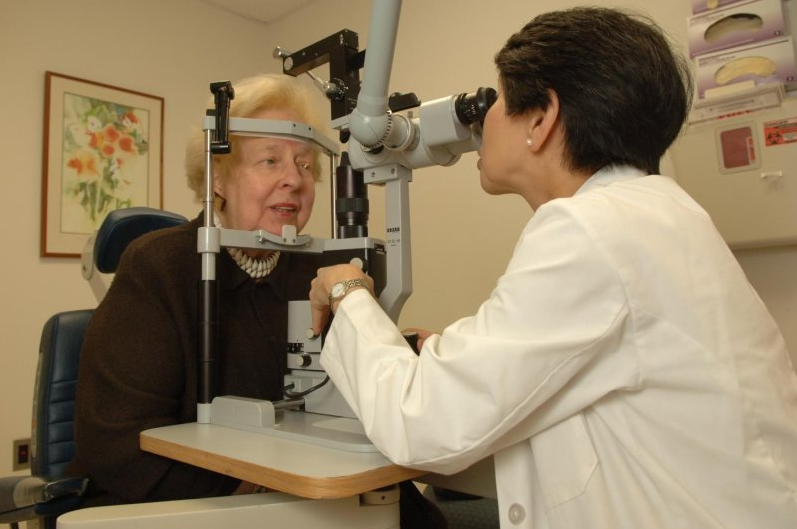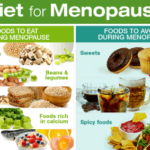In a research including 1.7 million older Americans, those who lived in counties with an average temperature above 60 °F had a noticeably higher risk of developing severe visual issues than those who lived in cooler regions.
Older Americans :vision problems
A recent study in the journal Ophthalmic Epidemiology found that Americans 65 and older who live in warmer places have a higher risk of developing serious vision issues than Americans who live in cooler areas.Those who lived in counties with an average temperature between 50 and 54.99°F had a 14% higher chance of suffering from serious vision impairment than those who lived in counties with an average temperature of less than 50°F (10 °C). Residents in counties with temperatures averaging 55–59.99°F were at an increased risk of 24%, while those in regions with temperatures averaging 60–15.5°F were at a greater risk of 44%.According to the lead author, Professor Esme Fuller-Thomson, “This correlation between vision impairment and average county temperature is quite concerning if further research proves that the association is causal. We anticipate a rise in global temperatures as a result of climate change. It will be crucial to keep an eye out for any future rises in the prevalence of vision impairment in older persons. Dr. Fuller-Thomson is a professor at the Factor-Inwentash Faculty of Social Work and the Department of Family and Community Medicine at the University of Toronto and the director of the Institute of Life Course and Ageing.We know that visual issues are a significant contributor to impairments and functional restrictions,” adds co-author ZhiDi Deng, a recent University of Toronto pharmacy graduate. For instance, severe visual impairment can lower quality of life for older persons and increase the risk of falls and fractures. The cost of treating vision impairments and its effects adds up to tens of billions of dollars annually for the US economy. This connection between temperature and eyesight impairment was therefore very alarming.

Impact of age, sex, income, and education
Regardless of the participants’ age, sex, wealth, or level of education, there was a significant correlation between the average temperature and serious eyesight impairment.
For co-author Elysia Fuller-Thomson, a PhD student at the University of Toronto, “it was powerful to see that the link between vision impairment and temperature was consistent across so many demographic factors, including income.”
Men compared to women, White Americans compared to Black Americans, and those aged 65 to 79 showed a larger correlation between higher county temperature and significant eye impairment.

Causes remain a mystery
Although there is a high correlation between average temperature and severe visual impairment, the exact mechanism underlying this association is yet unknown.
The authors of the study propose a number of possible explanations for the relationship they observed, including elevated UV light exposure, air pollution, infections, and folic acid breakdown with temperature. The design of this study does not, however, offer conclusive information about how temperature affects vision.The American Community Survey (2012–2017), which yearly polled a nationally representative sample of Americans aged 65 and older, provided the data for the study. This survey had six waves in a row. In the same state where they were born, 1.7 million community-dwelling and institutionalised older Americans made up the sample under analysis. “Is this person blind or does he or she have serious difficulty seeing even with glasses?” was the query regarding visual impairment. The National Oceanic and Atmospheric Administration’s average temperature statistics were blended with information from the American Community Survey.

Esme Fuller-Thomson: “We were really startled to see such a substantial correlation between temperature and vision impairment. “However, this groundbreaking discovery raises more issues than it resolves, including the nature of the link between the mean county temperature and visual impairment. We will continue to look into whether other disabilities, such hearing issues and restrictions with everyday tasks, are also linked to county temperature in older persons.
ALSO READ:“Eris”: A New COVID Variant On The Rise In 2023




































